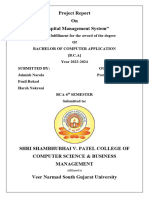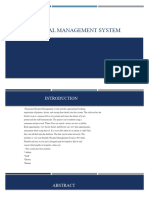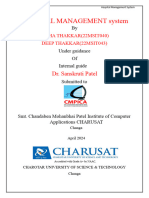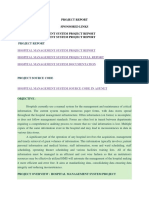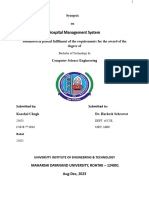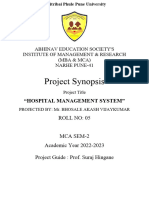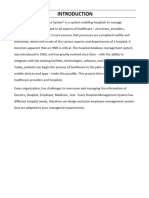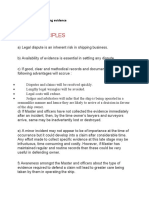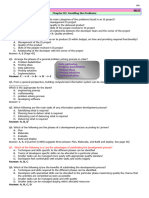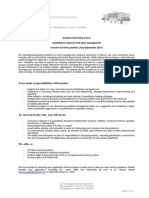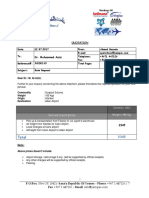0% found this document useful (0 votes)
53 views15 pagesHospital Management System 2023-24
Uploaded by
skandapmwork2003Copyright
© © All Rights Reserved
We take content rights seriously. If you suspect this is your content, claim it here.
Available Formats
Download as PDF, TXT or read online on Scribd
0% found this document useful (0 votes)
53 views15 pagesHospital Management System 2023-24
Uploaded by
skandapmwork2003Copyright
© © All Rights Reserved
We take content rights seriously. If you suspect this is your content, claim it here.
Available Formats
Download as PDF, TXT or read online on Scribd
/ 15






